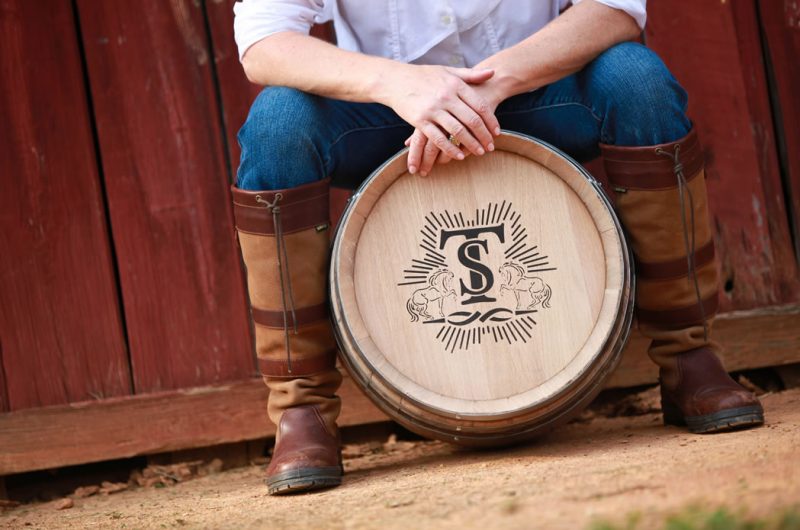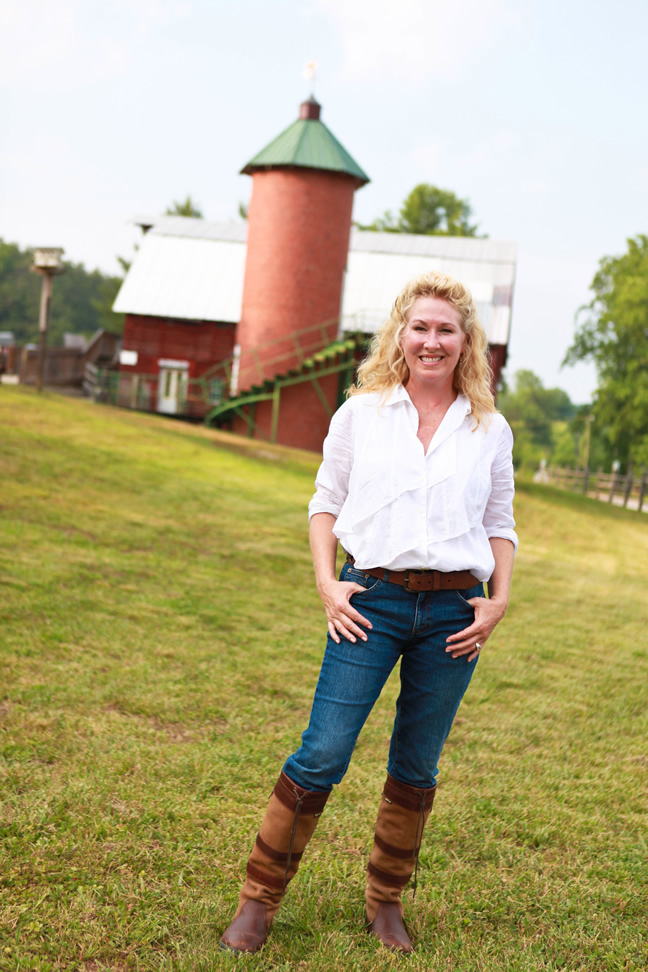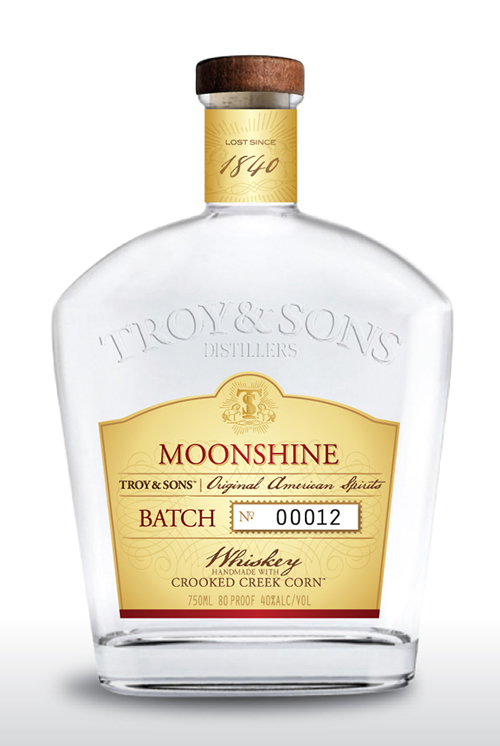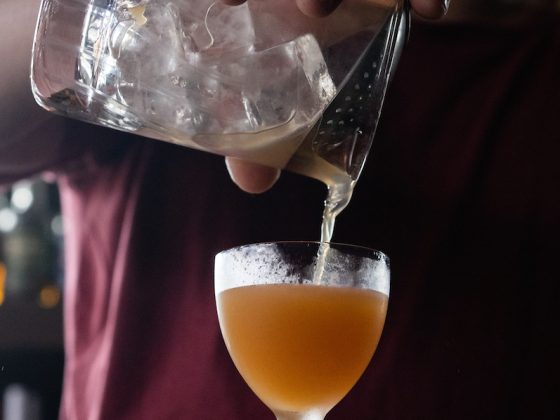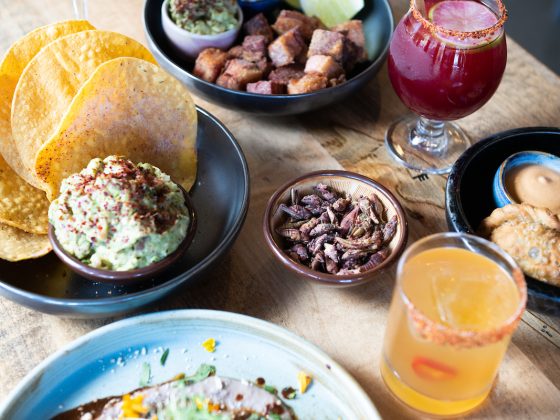It’s a clear evening in the foothills of the Appalachian Mountains. Crickets are chirping lazily, the moon is shining brightly overhead and the haze of the day has lifted into a cool, moist night. At this hour most people are asleep, but under the canopy of the pine trees, at the end of a long gravel road, is a small wooden shack with creaky floorboards and cupboards full of mason jars. In this place the work has just begun. It’s the “Roaring Twenties”; age of Jazz, flappers and invention – known to many as the era of Prohibition. The outcries of temperance societies have been heeded and the sale of alcohol has been prohibited – but that doesn’t stop them. They’ll work through the night to ensure that their paying customers get what they want. They’re a rough, tough society all their own. Their work is a matter of pride, a rebellion and a piece of history that inspired one of North Carolina’s greatest pastimes, and the beginning of a burgeoning business boom across the region. They are distillers, and they do two things very well: Keep secrets and make moonshine.
Working diligently over a copper still, secret recipe ingrained into them by generations of shiners that came before, they mix ingredients carefully. It’s a dangerous job. One wrong calculation, one wrong move and they could blow the place to the ground. Even if the distilling run went well they faced another danger: Getting the whisky into town.
THE SPORT
With the key in the ignition of an old jalopy, most likely a Ford Coupe with a flathead V-8 engine, the real work started. There was no need for maps. They knew the roads like the back of their calloused hands; each turn, bend and scoop created a treacherous obstacle at speeds of over 100 miles per hour. With the rear suspension struggling under the weight of 100 gallons or more of white lightening, the runner had one goal in mind: to make it to town without getting caught. The payoff usually exceeded the risk.
Capture of a moonshiner meant the discovery and destruction of their still. It also meant heavy fines and jail time – but that was only if they got caught. Speed was their ally and with souped-up engines roaring under the hoods of their cars they found that with skill, and a few tricks, luck was usually on their side.
Speed wasn’t just an ally, it was a competition. Staking claims on other stills, car titles and money from their last sale, the runners would often set up informal races to see who the fastest driver was. It wasn’t until after Prohibition that the moonshine runner’s competition took a life of its own and became what is known today as NASCAR; a driving force in North Carolina’s economy.
THE INFAMY
The back roads and mountain foothills of North Carolina weren’t the only places moonshine had its effect. White whisky gave life to some of the most notorious mobsters history has known. Al Capone, Jonny Torrio and Frank Nitty were just a few who turned a quick profit by running distilleries and speakeasies.
As the Prohibition’s strength grew so did the number of illegal distilleries and bootleggers. Their means of transportation expanded and “rumrunners” took to the sea carrying alcohol as far as Canada and Mexico. By foot, air, sea and even train, bootleggers would deliver near and far for the right price.
While illegal activity grew throughout the lawless decade, Uncle Sam went to work running “sting” operations to catch who they could. However, given the lengths of reach that mobsters and shiners had, there were many cases in which police and city officials looked the other way or even took part in the activity.Money was a fierce motivator and during Prohibition selling alcohol was the sure way to get it.
Money in mind, moonshiners had one thing they wouldn’t sell: The Recipe. It started as a secret kept by necessity to evade the police and tax officials, but then something happened. Prohibition came to an end, but the practice of distilling moonshine didn’t. It became a legacy, passed down among generations and eventually it became a legal business.
The micro-distillery business has found a special home not too far from Charlotte in Asheville, North Carolina. Full of legend and legacy, the region’s rolling foothills are the keepers of secrets and stories of an era long since passed.
THE TRUTH
Capturing the essence of the moonshining heritage in a bottle is Troy Ball, owner of Troy & Sons Distillers. Ball is a force of nature and she (yes, she) is defining the very institution of the local craft distillery. Troy Ball, sweet southern belle of Troy & Sons Distillers, is far from the iconic image of the grizzled mountain man moonshiner.
Don’t let her dazzling looks fool you – she’s got the determination and willpower to do whatever she sets her mind to.
While studying business at Vanderbilt University in Tennessee, her husband Charlie proposed to her after reading a well-timed, encouraging fortune cookie. Mother to three children, two with extreme special needs, it isn’t hard to see that Ball is a determined woman. While enduring the daily struggle of keeping their children healthy, the couple co-founded the Thoughtful House Center for Children, now the Johnson Center. Their mission is to advance understanding of childhood development through clinical care, research and education as well as to provide support for those whose children have autism spectrum disorders.
“It’s a hard thing to deal with but it makes you be a very strong person – at least in my case it did and the case of my husband, Charlie, who is a monumentally amazing man and father.”
Their commitment to finding the best environment for their children’s development led them away from their real estate careers in Texas into the mountain foothills of North Carolina. It was upon meeting the neighbors, local mountain men, that Ball found a new fascination.
“Instead of bringing cookies to the door they bring you moonshine to welcome you to the neighborhood.” Ball admits that instead of drinking it she would simply store it away. “You hear stories that moonshine is pretty rough. It wasn’t anything I was used to drinking.” She wasn’t sold on the spirit at first but after the persistence of a friend she gave in.
“One day, after a number of years of being here, a good friend of ours brought us a jar of moonshine and said ‘Please Troy you’ve got to try this. It’s really excellent moonshine.’ And I said okay.”
She made her sister try it first. “She said it was good. So then I tried it and I was surprised that it was as smooth as it was. That night I had a group of girlfriends coming over and I poured each of them a little of this moonshine and they were amazed.”
That’s when the wheels started turning. Ball wondered why there wasn’t a clean, smooth moonshine available on the market if people knew how to make it. After doing some research about the history of moonshine and its creation, she went looking for more information from the source.
“There was one man in particular who usually brought gifts of moonshine to us. He was not making the moonshine. He had a ‘source’, he called it, and I said to him ‘I really, really want to learn to make moonshine. Couldn’t you talk to whoever you’re getting it from and ask them if they would be willing to talk to me? I swear I’m not going to say a word to anybody.’ And he would say, ‘Well, you know, I could tell you who it is but I’d have to kill you.’ and I’d say ‘Come on, give me a break.’”
It took a while but eventually he warmed up to Troy and spilled the beans about where he was getting the shine. It turned out that the “source” was someone she had already met. She quickly arranged a meeting, and before long she was learning the basics of how to make moonshine.
“All of the moonshine guys I met tended to be older guys; I’d say in their 70’s. They had a lot of fun with it. They loved that I was a woman and wanted to learn something they knew.”
Wearing her boots she would work as hard as the men would. She wasn’t afraid to get dirty; dumping corn, hauling mash and emptying the stills alongside them. They realized that Troy respected the work they did and enjoyed having a woman working beside them. She became one of them.
“It really was so much fun and those guys – I still value them. They are very hardworking, salt of the earth people.”
Troy eventually talked them into testing new ways to improve the distilling process. “They got a kick out of me because I was always testing something and saying, ‘We did it this way yesterday and now today let’s try this…’ They’d say ‘Don’t tell us what you’re doing! Oh my god what is she going to make us do today?’” Thanks to the valuable time they spent testing new theories, Troy has formulated a secret way of creating mash that is not typically used.
Along with the valuable experience she received from the moonshiners she also heard her fair share of stories. She laughs as she recalls “There was a guy who told me about how one day his neighbor called him and said, ‘Hey, there’s a bear out here passed out asleep in the middle of the day, you don’t know what happened to him do you?’ And he went down to his little storage barn and the bear had gone in there, gotten into the mash, walked about 100 yards away and just laid down and went to sleep.”
She also learned about a lesser known part of moonshine’s history. “What I learned that I think is totally cool is that the first moonshine was actually distributed in the mountains by circuit riding ministers. One of the most famous ones was Bishop Asbury – he came over here in the late 1700’s. He was trained by John Wesley in England, and there are very detailed accounts in his diary of transporting thousands of gallons of whiskey at a time. He was tending the sick, there for weddings and births and funerals and he was caring for his flock and in doing so he would bring them spirits. That’s the part of the story that people don’t realize. They think moonshine showed up with NASCAR but that’s not the case at all.”
Moonshine distilling dates as far back as the 1700’s. The process of distilling has changed dramatically and so has the caliber of the spirit. Creating a high quality “all heart” spirit, meaning none of the “heads or tails”, or toxins removed in the first and last part of the distillation process, is costly.
“We have a very clean spirit… we have a very sophisticated still that came out of Germany. It’s a 2,000 liter all-copper still. If we tweak the temperatures on the column in the still we can produce 100 extra pounds of heart but we lose the flavor. So we made a conscious decision to produce ultra-premium products. To do that we’re going to pay a price by losing that 100 pounds of spirits to get 200 pounds we’re proud to put in a bottle. We’re going to pay the price because we’re using Crooked Creek Corn – which if we’re lucky we might get 80 bushels per acre versus 200 bushels per acre on a hybrid corn. But that’s what it takes to get what’s in our bottle and that’s what makes it special.”
Troy’s excitement over the Crooked Creek Corn crop is undeniable. Located just a few miles from Asheville is Peaceful Valley Farm, the first site of the Troy & Sons Distillers, where the corn is grown by John McEntire and family. The farm is believed to be the only bearer of the white heirloom open-pollinated Crooked Creek Corn. It is from this rare corn that Ball’s special blend of moonshine is derived. The corn has been analyzed by researchers at the University of Tennessee and has been labeled “unadulterated, non-genetically modified original American corn”. That means this one of a kind spirit is truly American.
Partnered with Oscar Wong, who runs the Highland Brewing Company, Ball found a new home for her product located next to the Highland Brewery. She is now able to operate on a larger basis extracting moonshine from the 2,000 liter still. (A tasting room is also in the works.)
Currently Troy & Sons is producing around 2,000 bottles a week. Their moonshine is being distributed to ABC stores throughout North Carolina and by year-end they hope to be distributing to other states. They are also developing an oak-aged blonde whiskey that should be available by the end of the year.
Troy promises, “You’ll love it. It’s smooth as can be and truly authentic North American moonshine.” Ball and the owners of distilleries throughout the state are making history reinventing and refining a heritage that has been passed down through generations. The foothills of North Carolina continue to keep their recipes a secret, but this distinct American moonshine is too good to keep to ourselves.
For more information visit www.ashevilledistilling.com


